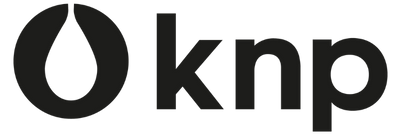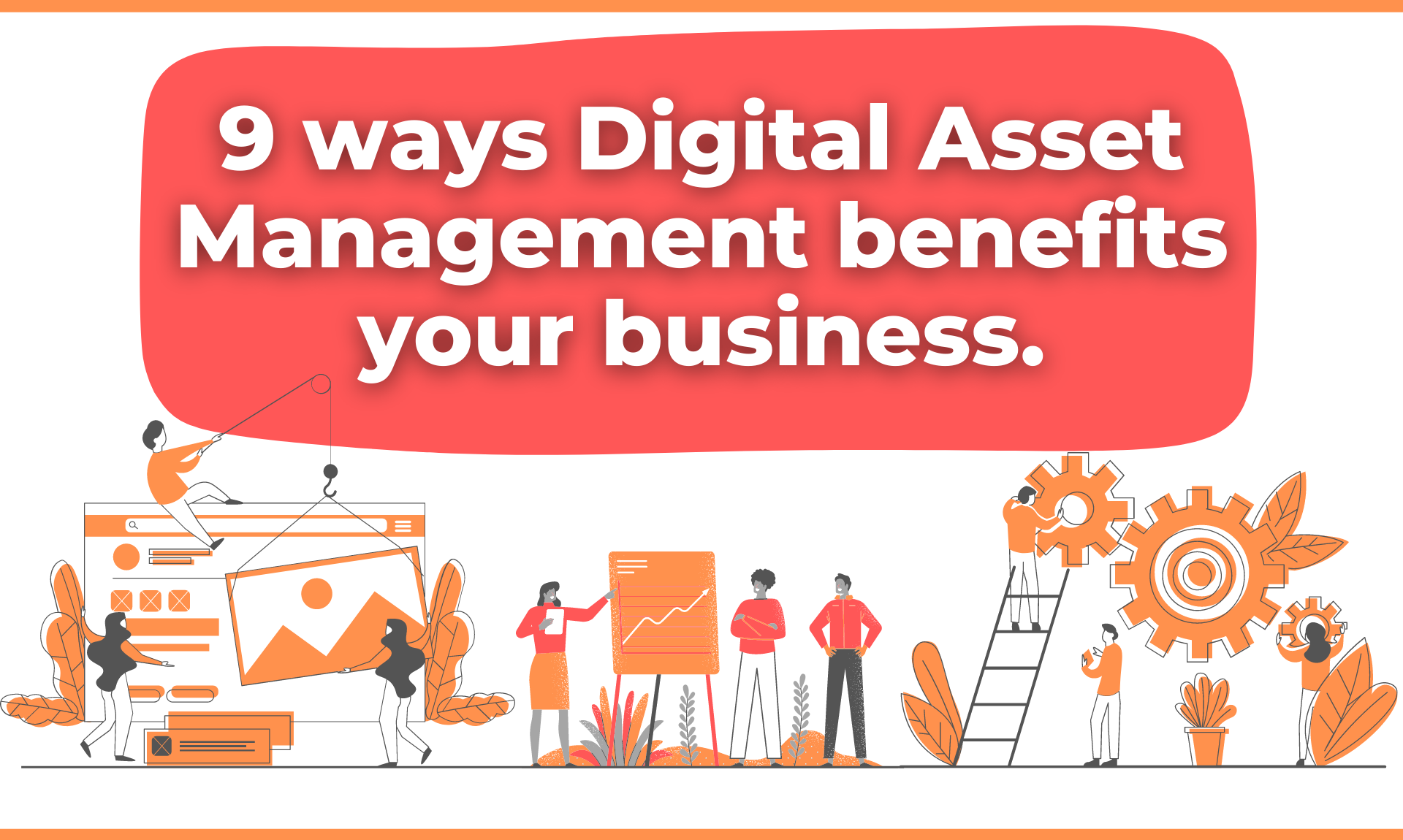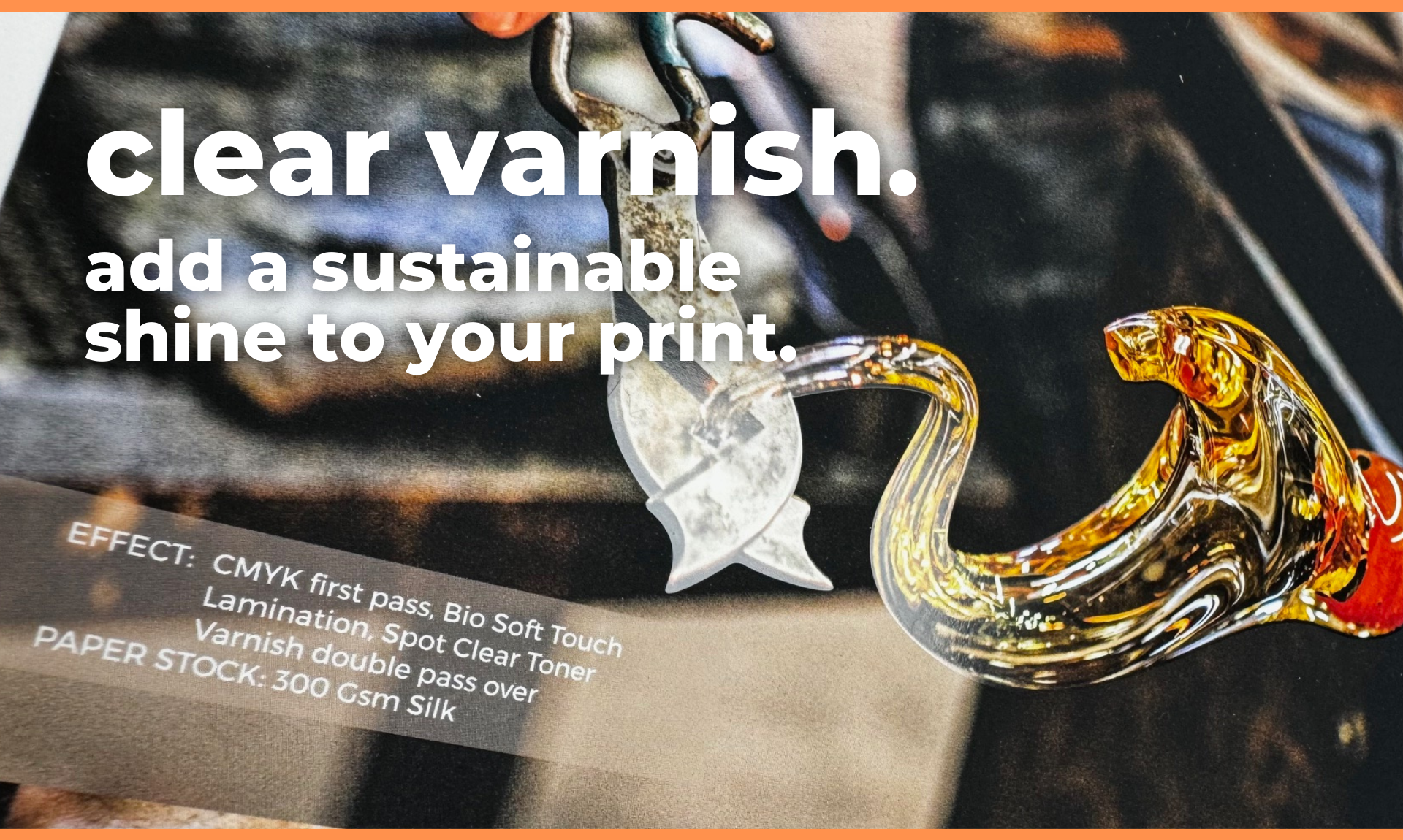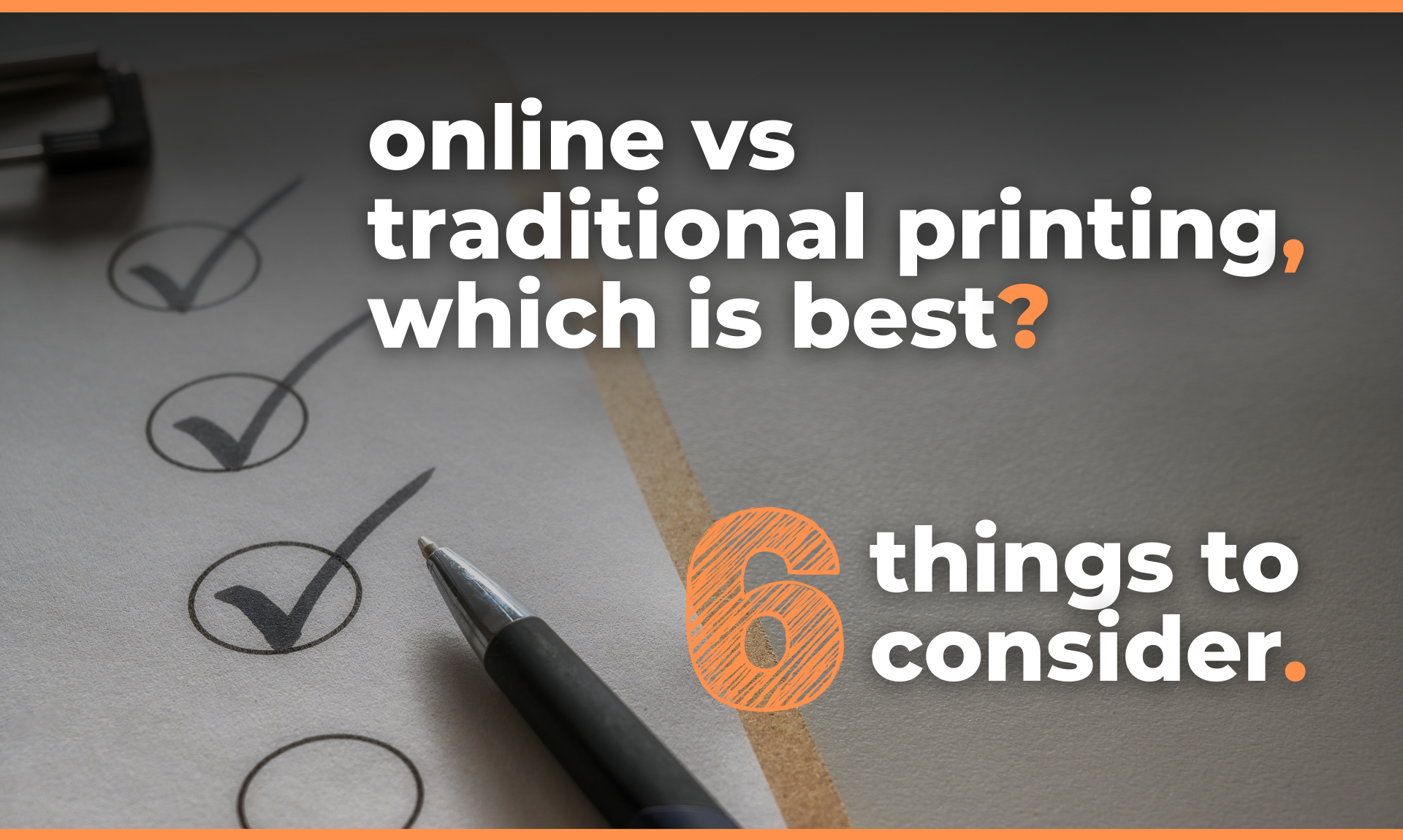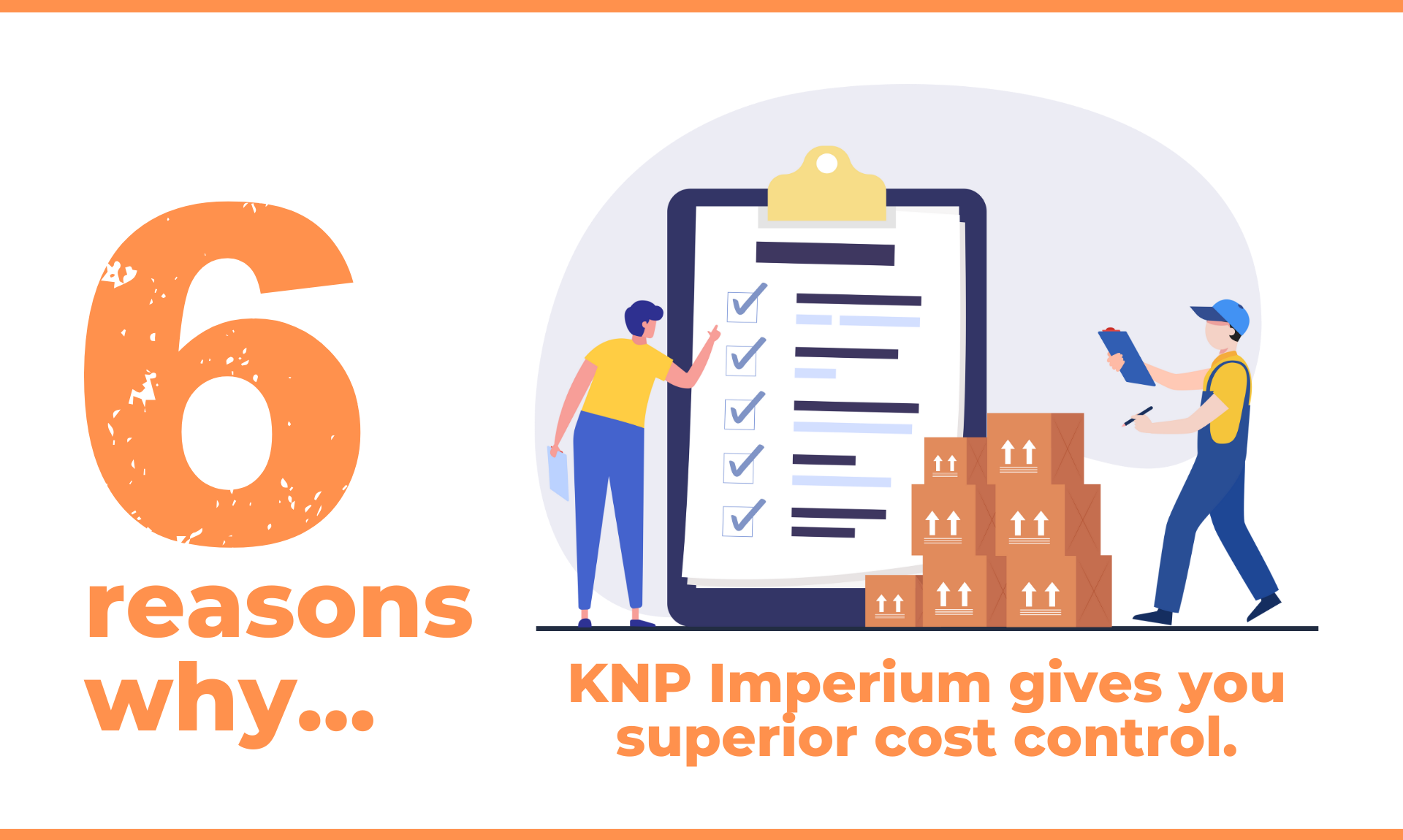How can Digital Asset Management help your business?
Your brand is your competitive advantage. And quality on-brand content, when effectively and dynamically distributed, is a powerful differentiator for every business. It can help organisations perform efficiently or resonate with their customers and targets. It can also build a strong identity that improves perception, and ultimately drive revenue growth.
However, today’s constantly evolving media landscape places a great deal of pressure on the production of content. And it’s becoming increasingly challenging to manage all the assets necessary to create that content. Which is why many organisations are turning to Digital Asset Management platforms and taking advantage of numerous benefits.
Benefits including the ability to store all of your files, in multiple formats. Or help organise and categorise assets for easy retrieval. Teams or individuals spread across multiple locations have one centralised platform where they can track and execute all tasks and manage all files.
Whilst the exact benefits any business could derive from a Digital Asset Management (DAM) platform are based on their own specific needs, these 9 key benefits are pretty universal.
1. Scale with your business
One attractive benefit of a DAM system for companies of any size, with any number of locations, is its scalability. With a flexible approach and ease of use you can add or remove users. Adjust their permissions. And store an unlimited number of assets for quick retrieval from anywhere. All to suit the demands of your business.
2. Digital Asset Management ensures brand consistency
DAM solutions help ensure all team members or employees are using the same, on-brand, approved assets. By ensuring everyone uses a single content hub, businesses can prevent the use of outdated or incorrect file assets. This consistent use of the right content helps ensure cohesive brand messaging at every customer touchpoint.
Building and maintaining a consistent brand identity can be a major challenge for an organisation. Especially one with a large number of employees across multiple sites or offices. Or one with several teams active across multiple media channels. All it takes is an outdated logo, old creative, unofficial imagery or the use of an incorrect font to undermine trust or confidence in a brand. Consolidate approved brand assets within a central portal however, and organisations can ensure that all collateral and marketing communications material is on-brand.
In addition to all the individual assets, you can also use your DAM portal to store files such as brand guidelines and logos.
A widely realised benefit is the ability to centrally create templates for multiple users whilst controlling which aspect of the design they can manipulate, such as picture boxes or text fields. For example, you could create a template that allows copy to be added in specific fields, but prevents anyone from changing or moving design elements.
3. Access control, security & reduced risk of content usage violations
Managing who has access to assets can be difficult when files are scattered across multiple sites and stored in multiple locations. It’s vital businesses take the right precautions when it comes to security. Access privileges need to be granted, tracked and often withdrawn. Including granting limited access to prevent someone from downloading or editing files. DAM systems allow administrators to control access from a single platform. And allow people to access only the files they need at any given time.
This makes it much easier to keep assets secure, and reduce the risk of them being compromised either through security gaps or human error.
4. Organise content in one system where team members and external partners can find exactly what they need
The perpetual need for marketing content means new assets are always being created. But having more files can mean it’s easier to misplace them. A centralized location where users can consistently find what they need, when they need it, keeps teams aligned and content accessible. Plus, DAM solutions can eliminate the costs associated with recreating lost materials — once they’re stored in the system, they’re secure and easy to retrieve.
5. Digital Asset Management saves you time and money
Wasting time searching for digital files is a common problem. When no single source for all content exists, finding the right version of an asset across multiple storage locations can be an extremely frustrating exercise. Content could be saved on individual computers or even saved on physical drives that aren’t easily accessible. Not only does this make it hard to find assets, it also increases the possibility of files being lost.
Time lost searching can also translate into lost money as project deadlines fall behind schedule. With a DAM system in place, locating assets is a much simpler process. A DAM system stores and organises all digital assets in a centralized location so they can be accessed securely from a single platform.
Files are far less likely to be misplaced which eliminates the need to replace lost content. And teams can work more efficiently, ensuring more time is spent creating content. Or utilising it rather than searching for it.
Did you know, 78% of digital assets are never used? Primarily because they’re misplaced or forgotten amid a sea of digital files. Recreating those misplaced assets is an additional waste of time and money.
6. Systems integration for increased efficiency and cost control
True DAM integration helps your team work more effectively. And Imperium, our DAM portal, compliments the control you have over your brand by efficiently streamlining and integrating your print capabilities. This can significantly help reduce your cost base.
With integrated print functionality, team members can work on brand aligned assets or collateral, adding copy, updating imagery or including personalisation information. Then save the changes and send to print to automatically, all from within Imperium.
7. Quickly publish brand-approved content for team members and external partners to use
DAM platforms have the ability to enable seamless content distribution, meaning all relevant stakeholders have the information they need, quickly and efficiently. Sales teams, retail staff or marketing functions for example can all have instant access to materials in a self-serve environment.
8. Repurpose your best-performing content
By making available a complete range of all available content, a DAM portal increases the value of each asset through the ability to easily and quickly re-use and repurpose. Particularly if that asset is proving to be an effective tool for your business, whether internally or externally. With all content easily accessible, teams can adapt the best-performing content for future use, or extend its use throughout the business. This gives a new lease of life to assets and marketing materials which in turn saves time, money, and resources needed to create new assets.
9. Digital Asset Management consolidates redundant tools
By centralising content, businesses are able to uncover overlap or duplication in tools used across teams, departments or locations. Duplication equates to unnecessary expense. It also creates the dangerous potential for inconsistent use of assets and information. Consolidating tools to remove any overlap saves money, makes content easier to manage and helps maintain accuracy and brand consistency.
What next, a demo?
Hopefully you’ve seen there are a whole host of benefits Digital Asset Management systems offer. And you can see that a DAM system is a scalable and secure way to manage and share assets, control costs and ensure compliance. Alongside upholding brand standards.
You can read more details about our own Digital Asset Management portal Imperium and see our explainer video here. Or if you’re already interested and want to get straight to talking about what Imperium can do for you, Give us a shout and we’ll arrange a demo quick sharp.
